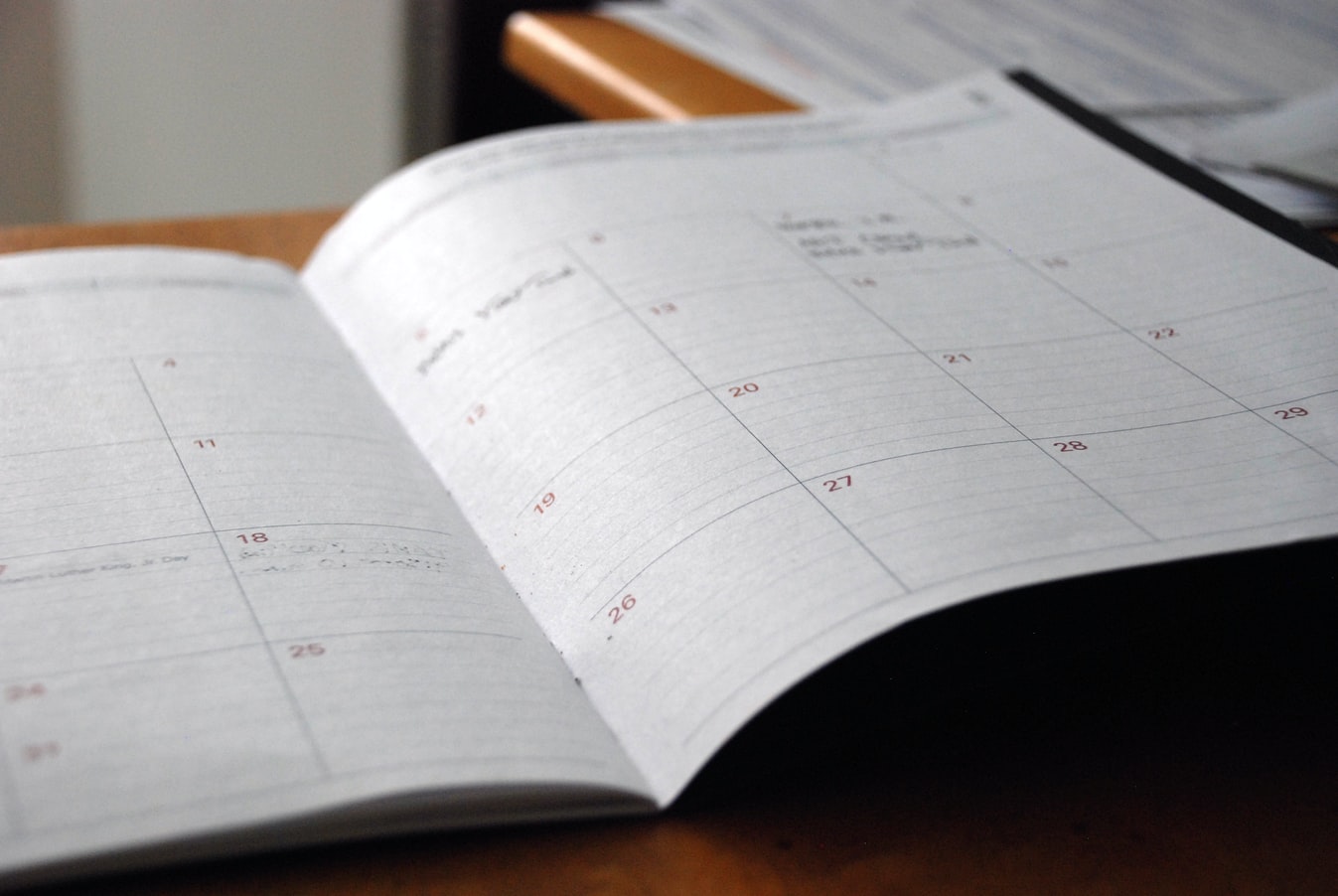How to be Productive This Summer

What do you want to accomplish this summer break? Let's say you want to do something meaningful. And yet, you may find that the weeks start to blur by without your accomplishing anything, and as soon as you know it summer will be over. The most rewarding goals require that you schedule time to sit down and get to work. If you're like me, scheduling time to do hard things is easier said than done, but behavioral science research has yielded some answers that might make our lives a little bit easier.
No matter what it is you might want to do — learn a new language, write a book, or improve your cooking skills — being productive will require you to set aside focused time each day to work.
Inspired in part by Dan Pink's book When: the scientific secrets of perfect timing, I have compiled a daily schedule designed to optimize your performance, based on recent behavioral science research. This exact schedule will not work for everyone — it's tailored for students like me with a particular kind of sleep schedule (which I'm told is relatively early) — but I hope this provides a good model to build upon.
The schedule
7:15 am — Wake up
Sleeping makes us dehydrated, so Pink recommends we down a glass of water right after getting up. If you are hungry, eat a light snack of healthy carbs.
7:30 am — Exercise
Exercising, for most people, increases alertness, allowing you to perform at your best for the rest of the day. Also, it's a healthy habit, and habits are easiest to keep when done in the morning.
8:30 am — Breakfast
9:00 am — Begin Deep Work
Deep work is a uninterrupted period of work that requires intense focus and creates value.
If you're unfamiliar with the concept of deep work, Cal Newport defines the concept in his groundbreaking book Deep Work. The book explains how deep work is essential to thriving in the modern economy, and how you can implement deep work in your own life. For the purpose of this schedule, consider this a time for the most intellectually demanding tasks of your day. Take breaks as needed, but make sure they are restorative: checking social media or your email inbox during this time can derail your focus and leave you feeling drained.
12:00 pm — Lunch
1:00 pm — Walk
For most people, the two hours after lunch are the most unproductive of the day. It's the dreaded mid-afternoon slump, and it's a good time to perform tasks that are less cognitively demanding, like listening to a podcast or walking the dog.
Research increasingly supports the fact that walking is beneficial to physiological and psychological health. An hour might be a long time to walk, but in a time of remote work and school, this can take the place of a one-hour commute. As Geoffrey West points out in his book Scale: The Universal Laws of Life and Death in Organisms, Cities and Companies, a roughly one-hour commute time has held constant for humanity throughout history, whether we are farmers walking to the village or suburbanites driving to the office.
2:00 pm — Shallow work
Finally, this is the time to answer emails and check social media. While both activities are necessary, they are not cognitively demanding, and generally don't help us learn new skills or create lots of value. Using this hour to handle emails and other odds-and-ends helps assure that digital communications don't seep into other parts of your day and diminish your focus.
3:00 pm — Nap
Naps are most effective when they are 10-20 minutes long, before you enter deep sleep. Dan Pink typically sets a 25 minute nap timer, because it takes most people around 7 minutes to fall asleep.
3:30 pm — Medium work
Let me know if you think of a better name for it, but many of the things we do are not demanding enough to be considered deep work, nor are they as simple as sending emails and text messages.
6:00 pm — Dinner
Dieticians usually recommend that we eat dinner around 4-6 hours before going to bed.
7:00 pm — Relax
This is a great time to hang out (virtually?) with friends. In general, our moods will be happier but we may not have enough brainpower to work on things.
10:00 pm — Read a book
11:00 pm — Sleep
A Caveat
According to Dan Pink, this type of schedule does not work for one particular group of people: night owls. Teenagers and young adults, in fact, are especially likely to be owls. But before you immediately jump to conclusions, here's Dan Pink's 3 step formula for testing your chronotype:
- On a day when you can sleep whenever you want, when do you usually sleep?
- On a day when you can wake up whenever you want, when do you usually wake up?
- What is the midpoint of those two times? (if I sleep at 12 am and wake up at 8 am, then my midpoint of sleep would be 4 am)
Dan Pink demonstrates that most people are not larks or owls, but a third type of bird, which he calls — you guessed it — "third birds." In general, people's midpoints of sleep are distributed along a bell curve, with most people (60-70%) falling in the middle (roughly 3:30 - 5:30 am). Most of us are third birds. The further your midpoint of sleep falls from the center of this group, the less likely traditional schedules will work for you. If you're interested in learning more about chronotypes, I highly recommend Dan Pink's book, which takes a deeper dive into recent research on the topic.
Conclusion
While this schedule may not work for everyone, it serves as a starting point for planning a productive day. After following the schedule for a while, I've come to enjoy the sense of accomplishment at having finished difficult tasks in the morning, giving me the freedom to relax without feeling guilty. If you follow a different schedule or tried out this one, leave a comment below!
 Join the Anthony Zhou community
Join the Anthony Zhou community